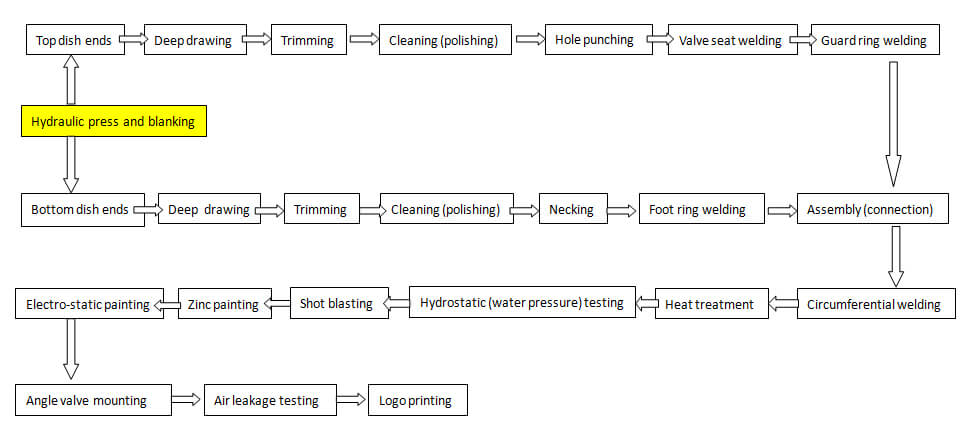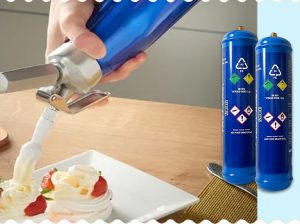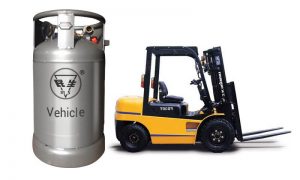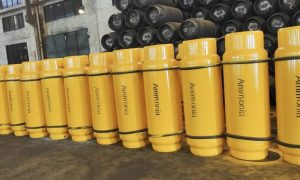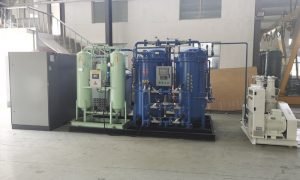A detailed guide to lpg cylinder manufacturing process
LPG Gas cylinder belongs to the transportable refillable welded steel cylinder, Is a wide range of special equipment. Application in-home cooking, hotel cooking, barbecue. from now on, many people familiar with Manufacturing of LPG cylinder
However, many key manufacturing processes affect the quality and safety of LPG Cylinder
This blog introduces in detail the production process and safety control of LPG cylinders. By reading this article, you will gain a deeper understanding of the LPG cylinder process. To help you choose your cylinders rationally.
Minsheng has a continuous automatic gas cylinder production line. The following will show you our main LPG cylinder manufacturing process. And explaining the key processes and testing requirements. help you in the factory inspection.
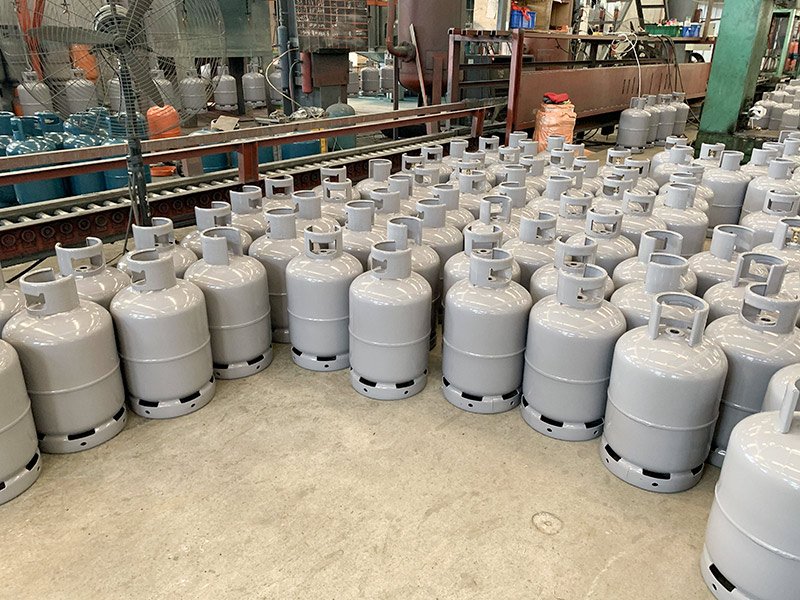
Firstly lets check lpg cylinder manufacturing process what you can seach. Can you understant it clearly?
Minsheng has continuous automotic gas cylinder production line.
The follwing we will show you our main production process of liquefied gas cylinders.
Most importantly, explaining the key processes and testing requirements. help you in the factory inspection.
Step 1 Raw material purchase and test
Minsheng purchases raw materials from China’s top-ranking steel suppliers (Angang steel, Baogang Steel, etc.).
Deep-drawing cold-rolled steel plates, the thickness of the steel plate is 2.0-100mm. ( depending on the gas medium in the cylinder and the design of the structure).
Steel plant provides raw material chemical composition analysis and mechanical performance analysis reports.
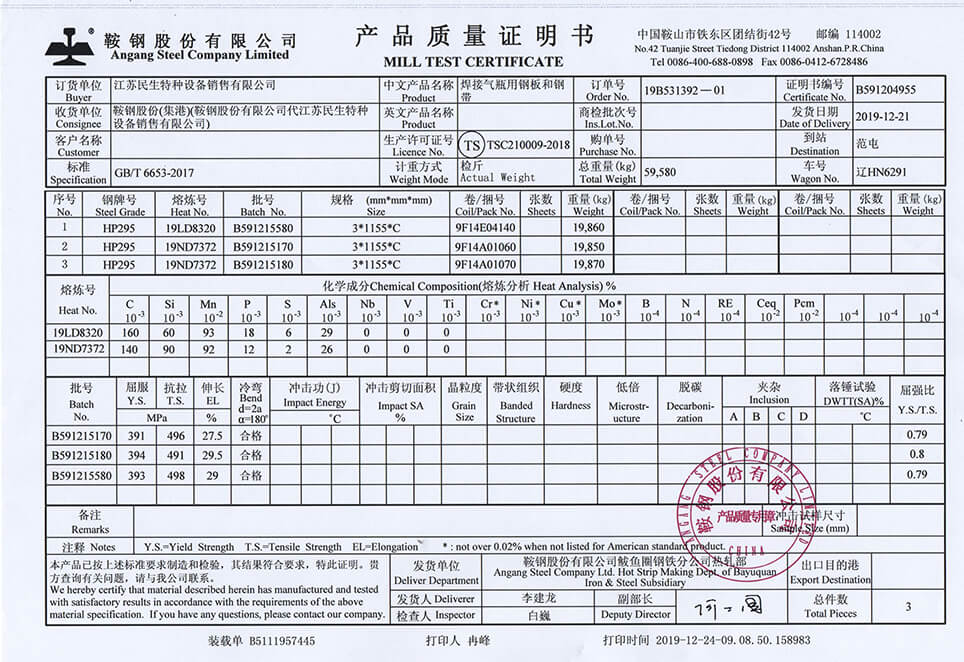
We are one of the largest gas cylinder manufacturers in China, with an annual production capacity of up to 5000,000 pieces.
On the other hand, we have established a long-term strategic cooperative relationship with steel mills. have strong bargaining power, and can purchase high-quality raw materials at a lower price than peers. This is our advantage in cost control.
Minsheng has a large-scale testing laboratory. analyze the chemical composition and mechanical properties of raw materials. including
chemical composition
analysis of mechanical
properties testing
tensile testing
drop hammer impact testing
shell, cylinder, guard, bottom ring, and other materials are in line with en 10124:2001 material standards and specifications. (according to customer personalized requirements reference ISO, EN, GB6653 and other standards for testing)
Step 2 The Process Of Shell
The top of shell and the botton of sheel combine into cylindrical envelope. The below is Minsheng shell process flow:
Raw material→ Puching to circle blanking→Deep drawing →Trimming →Poshing→Hole punching→ Neck in
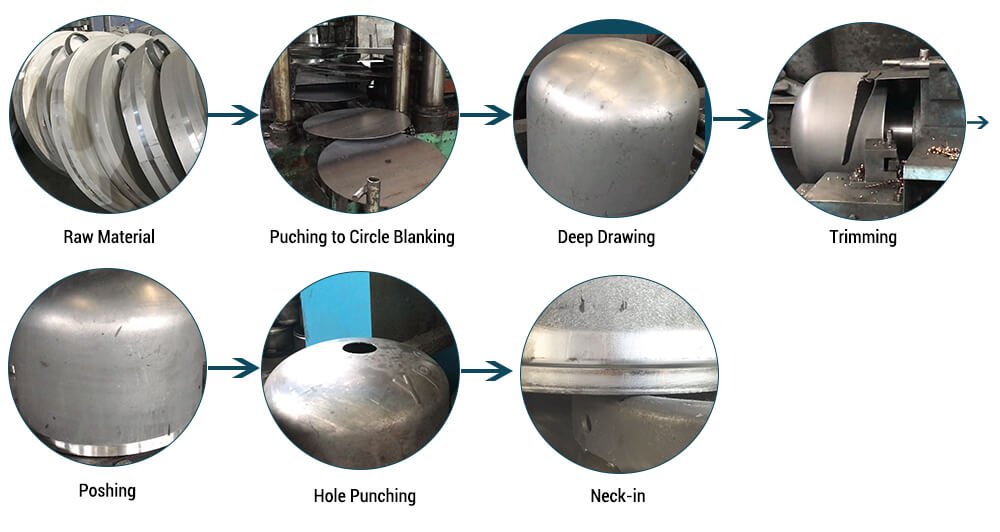
Step 3 The process of bottom ring
The bottom ring is an indispensable part of the bottle. processing seems to very simple. general small-scale factories may cause quality and safety risks due to process leakage.
Firstly, to save costs. some small factory connects the bottom ring with by spot welding, and minimize the number of spot welding points. unspot welding bottom base and the cylinder body will form a gap.
when they are in contact with the ground and humid environment for a long time, moisture from the floor can corrode cylinders.
Secondly, because often handling drag collision during transportation. resulting in shaking or even dumping, cylinder internal pressure, if the dumping, there will be security risks.
Minsheng considers the safety performance of the cylinder, to ensure that the bottom base structure simple. When producing LPG cylinders:
- Use continuous welding method to connect the bottom base and cylinder body. increased stability, easy to carry, and storage. improved the use of cylinder Factor of safety.
- Ventilation holes are left on the bottom, to keep the air circulating. and there is no accumulation of fluid, which slows down the retention of moisture.
Our botton ring process flow:
Raw material→ Punch slot, holes→Rolling circle→Botton ring welding→ Botton dish ends

Step 4 The process of cylinder guard
The guard is mainly used to protect the valve and other parts from external damage, designed to facilitate handling.
LPG cylinder manufacturing guard process:
Raw material→ Punch u-hole, long groove, chamfer→ Carve characters on guard ring→
Typing Code→ Rolling Circle→ End face curling forming→ Guard handle forming
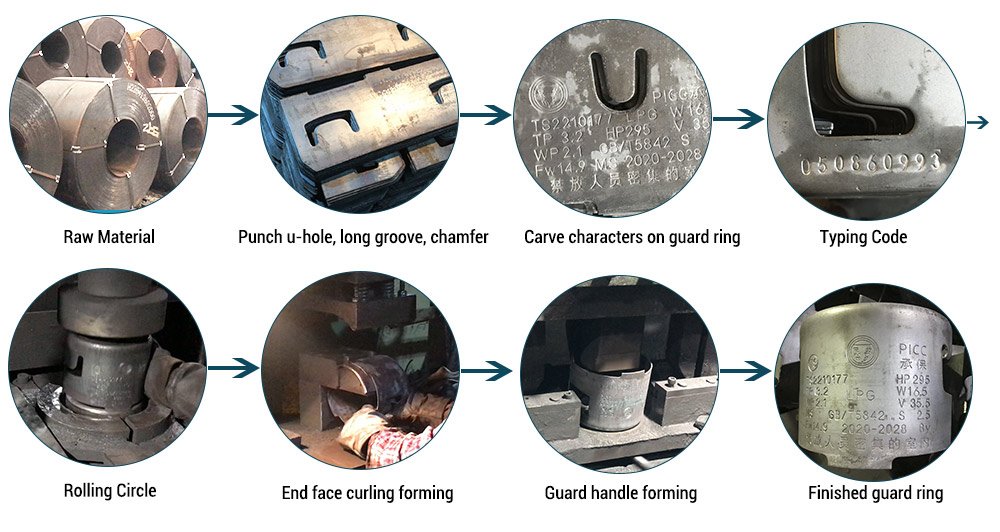
Minsheng cylinder guard has a clear stamp and each cylinder has a unique code for easy traceability.
Our technical team has also designed a guard that effectively prevents the valve from Illegal disassembly
Step 5 LPG cylinder manufacturing Assembly
Assembly is the key process to determine whether a factory can produce the perfect LPG cylinder. The quality of the welding and heat treatment process is crucial to the quality.
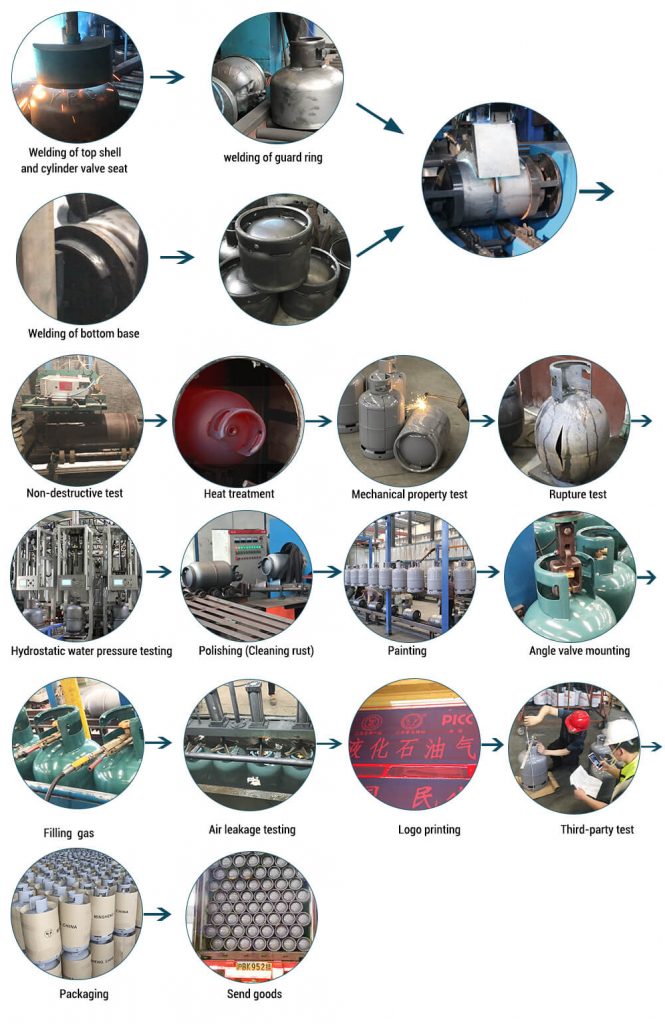
Welding
In the production process of LPG cylinders. the welding seam is an important part of connecting the top and bottom shell. (Generally below 40L Lpg bottle, 40L above has a three-piece design. consist of top and bottom of shell and cylindrical envelope). the welding quality directly affects the safety of the cylinder.
Minsheng group adopts a fully mechanized and automatic welding process. to improve the welding quality through the following aspects
- We have a strict welding procedure
- We use first-class welding materials, Atlantic welding wire ER50-6
- Our experienced welders can quickly make judgments and adjust welding parameters. according to the shape, color, and sound of arc burning
- We do random mechanical property tests of the weld seam. cut a piece of the LPG bottle, out the surface of the circumferential weld. The outer surface and inner side of the circumferential weld do bending test and tensile test perpendicular to the circumferential weld.
- Strengthen the weld quality inspection, strict inspection system. focus on the inspection of the weld strength and compactness, the production of the cylinder batch by batch x-ray inspection.
Heat Treatment
The purpose of heat treatment is to the relaxation of welding tensions. The annealing temperature is generally 600 °c-640 °C (for industrial gas cylinders) and 690±25℃ for LPG cylinders.
There are two ways of heat treatment:
Intermediate frequency furnace heat treatment, natural gas heat treatment.
There is only one temperature measuring point in the Intermediate frequency furnace. The basic rule is that the heating time is shortened with the increase of power in the furnace. The total heating time is 20-38s. The heating time is easy to cause unqualified hydraulic pressure blasting pressure. Meanwhile, increasing the volume ratio.
Different from some factories using intermediate frequency furnaces for heat treatment. Minsheng uses natural gas heat treatment. more temperature measurement points, cylinder heating uniform. we move the cylinder speed and heating time to take a strict test analysis. Improves the safety quality of each cylinder.
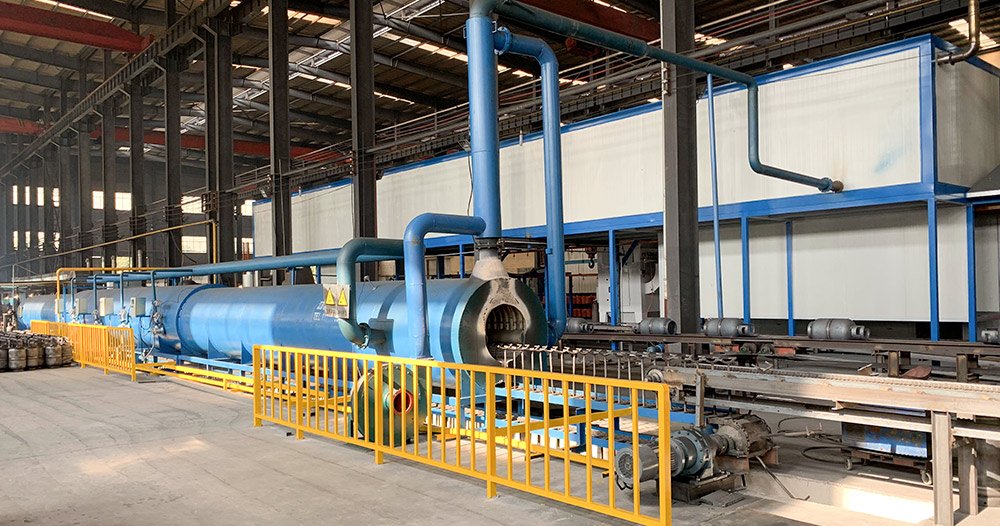
We do the test for LPG cylinder manufacturing
Non-destructive test
The non-destructive test is one of the main tests to determine the safety assessment of steel cylinders.
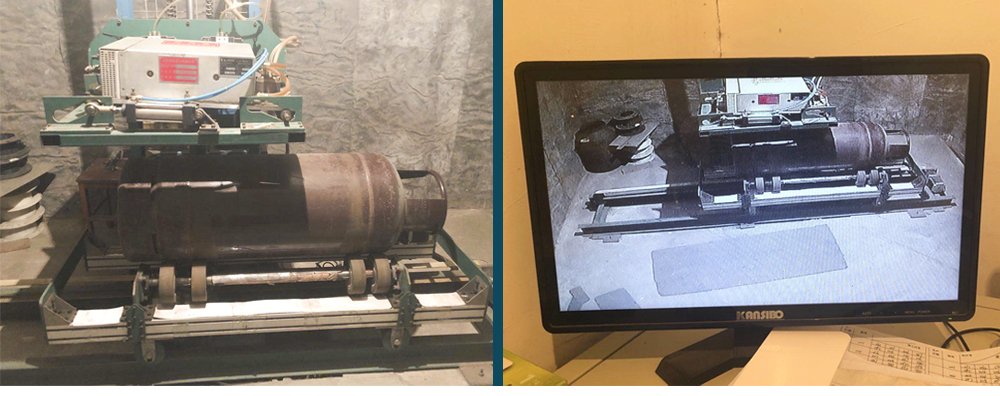
According to En 1442:2206(ISO4706, GB5842, GB / t 17925-2011, NB / t 47013.2) and TSG R0006-2014, non-destructive testing (NDT) and x-ray digital imaging (DTI) should be applied to the welded gas cylinders.
Mechanics Performance Testing
As mentioned above, cut each batch of cylinders weld joint place. most importantly, Evaluate whether the plasticity of the bottle body material or welding seam has defects that affect the performance
Rupture test
To determine the yield pressure and burst pressure of the cylinder, also check the fracture characteristics of the cylinder and the rupture state of the cylinder body, Each batch of cylinders is randomly inspected for 2-3 cylinders to perform a hydraulic bursting test.
As usual, The bursting pressure of generally qualified LPG cylinders is ≥7.2MPa,

No fragments should be formed during the explosion of the cylinder. The explosion should not occur on the seat weld, the curved surface of the head (except small volume), the Longitudinal Weld, and the circumferential weld (except perpendicular to the circumferential weld) to ensure the safety of the cylinder.
Hydraulic (water pressure) test
The water pressure test is performed on each steel cylinder on the processing line. after heat treatment. The cylinder must not be deformed or leaked, and the pressure gauge is not allowed to drop. (YSP35.5 water pressure time is 1min)
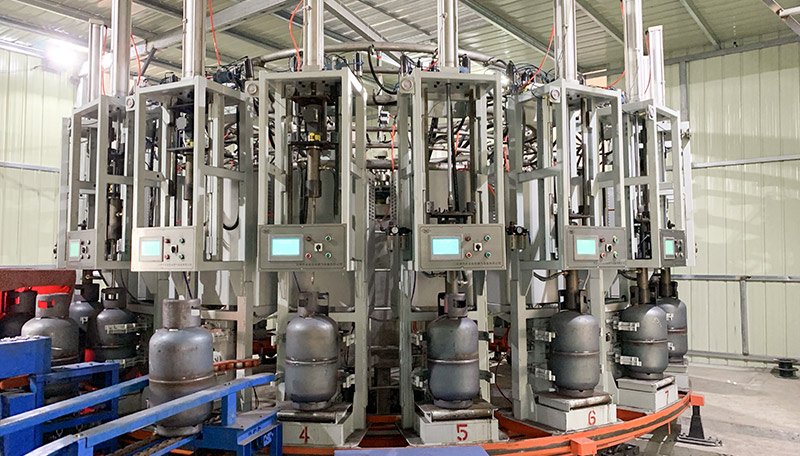
Air leakage testing
The air leakage test carries out after the hydraulic test and after finished products in each cylinder.
The test pressure is 1kg-3min under test pressure, and the airtight time of YSP35.5 is 1min. Observe that there is no air leakage in each cylinder.
Third-Party Test
According to customer requests, Minsheng Commission Professional third-party testing organizations:
BV, Tuv, SGS, the United Kingdom LR, Norway DNV, etc., to test the cylinder, issued a test report.
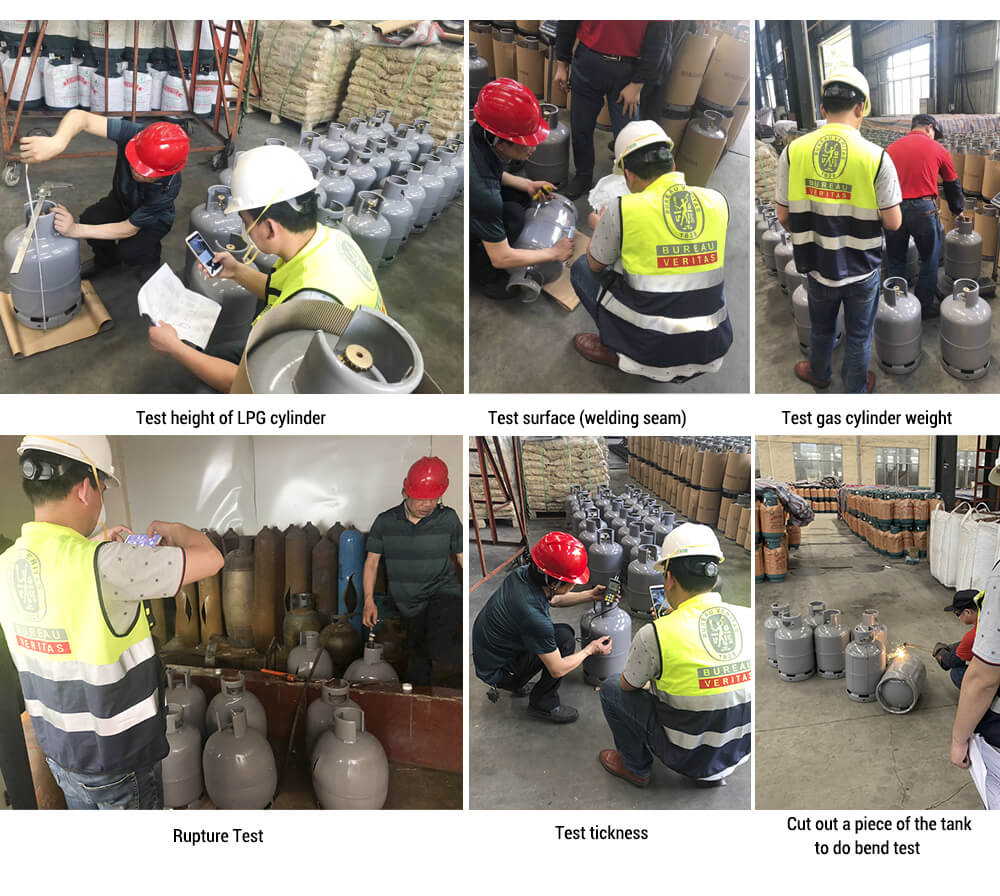
Setp 6 The compelete LPG cylinder manufacuring video disply
The final complete process flow of LPG cylinder was this video:
Minsheng, as a high-standard professional source factory of gas cylinders. found in1966. with professional manufacturing technology and design capacity.
In production, We strict accordance with GB, ISO, EN. a variety of international standards for strict implementation.
For testing, we have specialized testing institutions. have the ability to do a full set of cylinder testing. provide test reports, quality assurance.
In customer service, we solve technical problems for customers. provide 24-hour customer service guarantee.
At the same time, because of our strong production capacity, we can make profits to consumers. to provide high cost-effective LPG gas cylinders
